
The Fighting Parson
 |
Available on DVD:![Harry Langdon At Hal Roach: The Talkies 1929-30 (MVD Visual, 2020) [USA]](web_images/dvd-harry_langdon.jpg)
|
|
We are way out west with this, the fifth film with Harry Langdon at Hal Roach. A saloon
The townsmen of a western town have received word that Bob McDonald, also known as 'The Fighting Parson' is on his way to their community to do no good and rally around to prepare for his unwanted arrival. He is traveling in a stagecoach with four other passengers, one of them is Harry Langdon who spends his time playing the banjo, singing and trying to scrounge food from an elderly gentleman (Gus Leonard) sitting next to him. Harry begins trying to start up a conversation with the other occupants of the carriage but everybody ignores him as he eats a sandwich he has managed to assemble by using ingredients which have fallen into his possession accidentally from the old guy. The ride is brought to an abrupt end when it is held up by bandits. The gun-toting bandits make fun of the parson, who then lashes out at the captors as everybody else escapes. What nobody noticed was that Harry was left in the stagecoach, which leaves at a pace after gunshots ring out. Harry bounces around inside the cab as it heads off towards the town. When he arrives he has somehow managed to become the driver! Harry exits the stagecoach and the parson's briefcase falls out, landing beside him. The town folk assume he is the feared 'fighting parson', especially when Harry strolls into the saloon and fearlessly helps himself to a beer. Harry is welcomed by Nancy, a lone brunette (Nancy Dover - his girlfriend in the previous film) who is sitting by herself at a table. The rest of the people from the town slowly trudge into the saloon cautiously to see their new visitor as he sits down to play his banjo and sing for them. |
|
Everybody in the crowd seems to be enjoying Harry's singing (except us watching it!) before he puts down the banjo to get up on the stage and begin tapdancing. His infectious dance routine catches on with the audience with a man with a wooden leg tapping his stump in rhythm to the song before penetrating a hole in a barrel of beer, spraying it all over the bar, while a horse outside in the stable dances to the beat. Suddenly a bully (Leo Willis) aggressively approaches Nancy and tells her off for enjoying Harry's dance but Harry jumps down and hits the guy. This leads to a fight in the saloon before the bully offers Harry up on the stage for a showdown with him. Having just witnessed two guys getting bashed in by the bully Harry, accompanied by Nancy, puts on his boxing gloves to fight his loud-mouthed opponent. The fight begins but Harry plays dirty by using gloves which are attached to poles concealed within his sleeves. This gives him a reach advantage..... somewhat. The fight continues with Harry displaying exaggerated arms and keeping the bully erm... at arms length, so to speak! It seems that the whole film was based on this one gag, which Langdon milks for EVER. He even takes out a couple of spectators who are standing too close to the stage. The battle ends after Harry knocks out the bully with hitting him so hard over the head that he falls through the stage. Nancy rushes up to declare Harry the winner and we finally fade to black! |
|
Favourite bit After Harry arrives in town driving the stagecoach and brings it to a stop. It's his "oh!" that stands out. |
| Trivia • Copyrighted January 6, 1930. • This was the fifth of eight films that Harry Langdon made for Hal Roach. Each of them were released under Roach's 'All Star' banner. • The film made its DVD debut in 2020 thanks to Kit Parker. • It appeared to be a pattern with Langdon's films here that he liked long, static shots of him in front of the camera during scenes. Problem is he doesn't utilize the screen time to his advantage and merely rambles along with dialogue which makes little sense, wastes time and generally makes him look foolish. An example of this can be seen early on in the film during the coach ride. He should have taken the hint when his fellow passengers seemed uninterested with anything he had to say. It is reflected with the audience watching the film who were probably thinking to themselves "just get to the next scene!!" • I wonder how many takes it took them to shoot the scene where Harry opens the stagecoach door and have the parson's briefcase land the right way up? • For the second film in a row, Thelma Todd's talents are completely wasted in a miniscule role, with her having no close-ups, no dialogue and is barely seen. Whereas Nancy Dover, who is billed below her in the credits, has a prominent role in the film. I don't get it? • This isn't the first time Harry Langdon used a pair of boxing gloves in a film for Roach. Remember when he used them as a pair of breasts in "Skirt Shy"? • For such a big mouth, when Leo Willis is fighting Harry Langdon in the boxing match at the end he takes some really soft shots and makes it look like he really got clobbered! What a pussy. My opinion • This one is poor. Some excrutiating scenes with Harry Langdon hogging the screen, firstly in the carriage ride at the beginning and the song he does sitting on the stage in the middle. At the end of the film after you have sat through a very long twenty minutes you realise you were actually grateful for those scenes because as bad as they are they were probably the best scenes in the film! Thelma Todd needn't have bothered showing up for this one. She is completely ignored. This film was hard to sit through and I honestly couldn't wait for it to finish. Really dull. Shame. |
 |
Harry Langdon Banjo player |
 |
Thelma Todd Blonde dance hall girl |
 |
Nancy Dover Brunette dance hall girl |
 |
Eddie Dunn Piano player |
 |
Leo Willis Banjo player's opponent |
 |
Charlie Hall Waiter |
 |
Baldwin Cooke Waiter |
 |
Hank Bell Townsman |
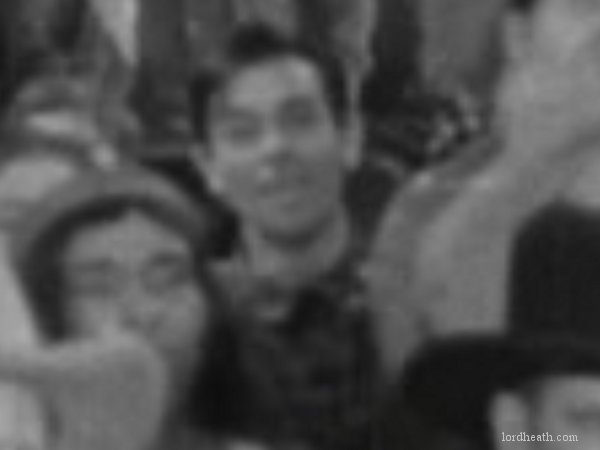 |
Ham Kinsey Townsman |
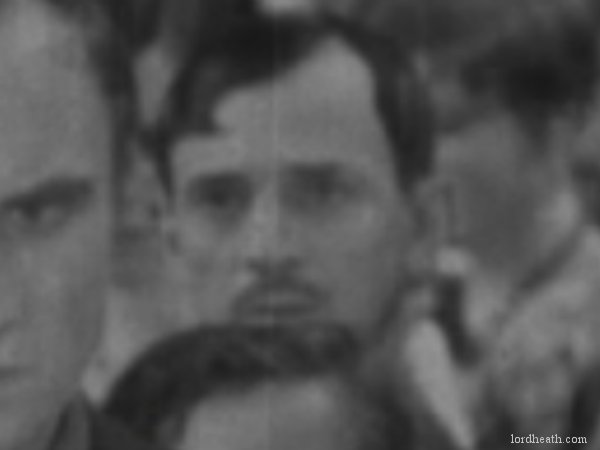 |
Pete Gordon Townsman |
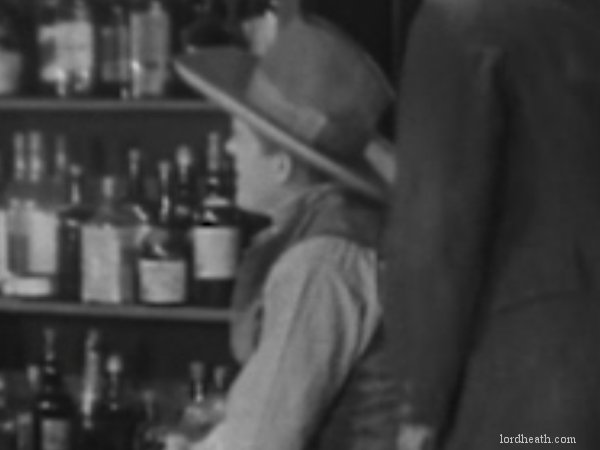 |
Chet Brandenburg Townsman |
 |
Carl M. Leviness Townsman |
 |
Blackie Whiteford Townsman |
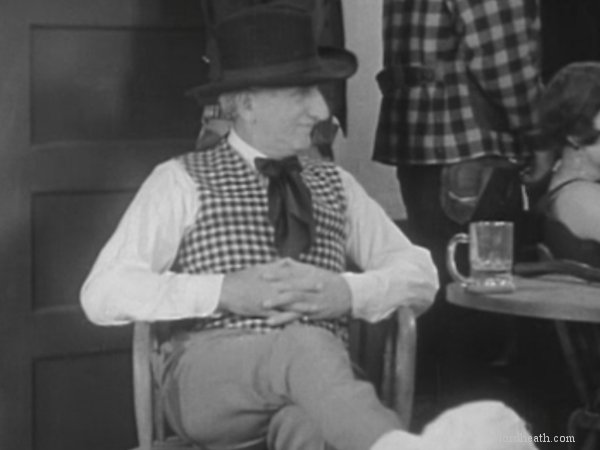 |
Gus Kerner Townsman with gout |
 |
Sam Lufkin Poker player |
 |
Charles Lloyd Poker player |
 |
Bob Kortman Bandit |
 |
Gus Leonard Stagecoach passenger |
 |
Dorothy Vernon Stagecoach passenger |
 |
Joy Winthrop Stagecoach passenger |
 |
Clara Guiol Dancer |
 |
Sammy Brooks Short townsman |
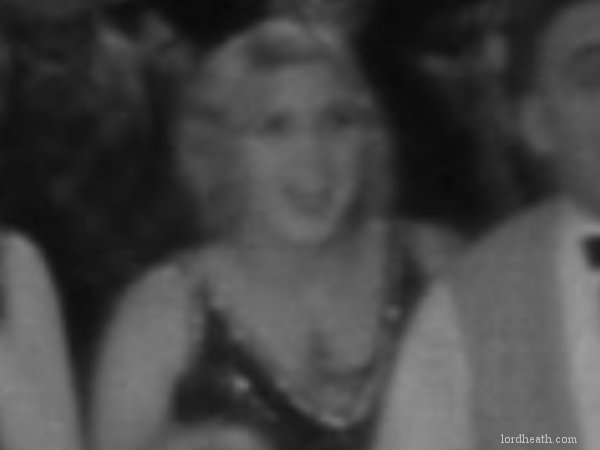 |
Betty Caldwell Dancer |
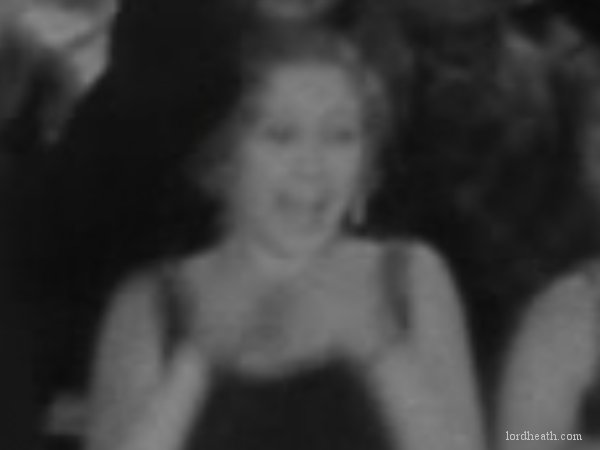 |
Dorothy Dix Dancer |
![[Unidentified] in The Fighting Parson (1930)](web_images/unknown1_the_fighting_parson.jpg) |
UNIDENTIFIED Dancer |
UNIDENTIFIED CAST |
| CREDITS (click image to enlarge) |
 |
| POSTER (click any image to enlarge) 
|
| STILLS (click any image to enlarge) 

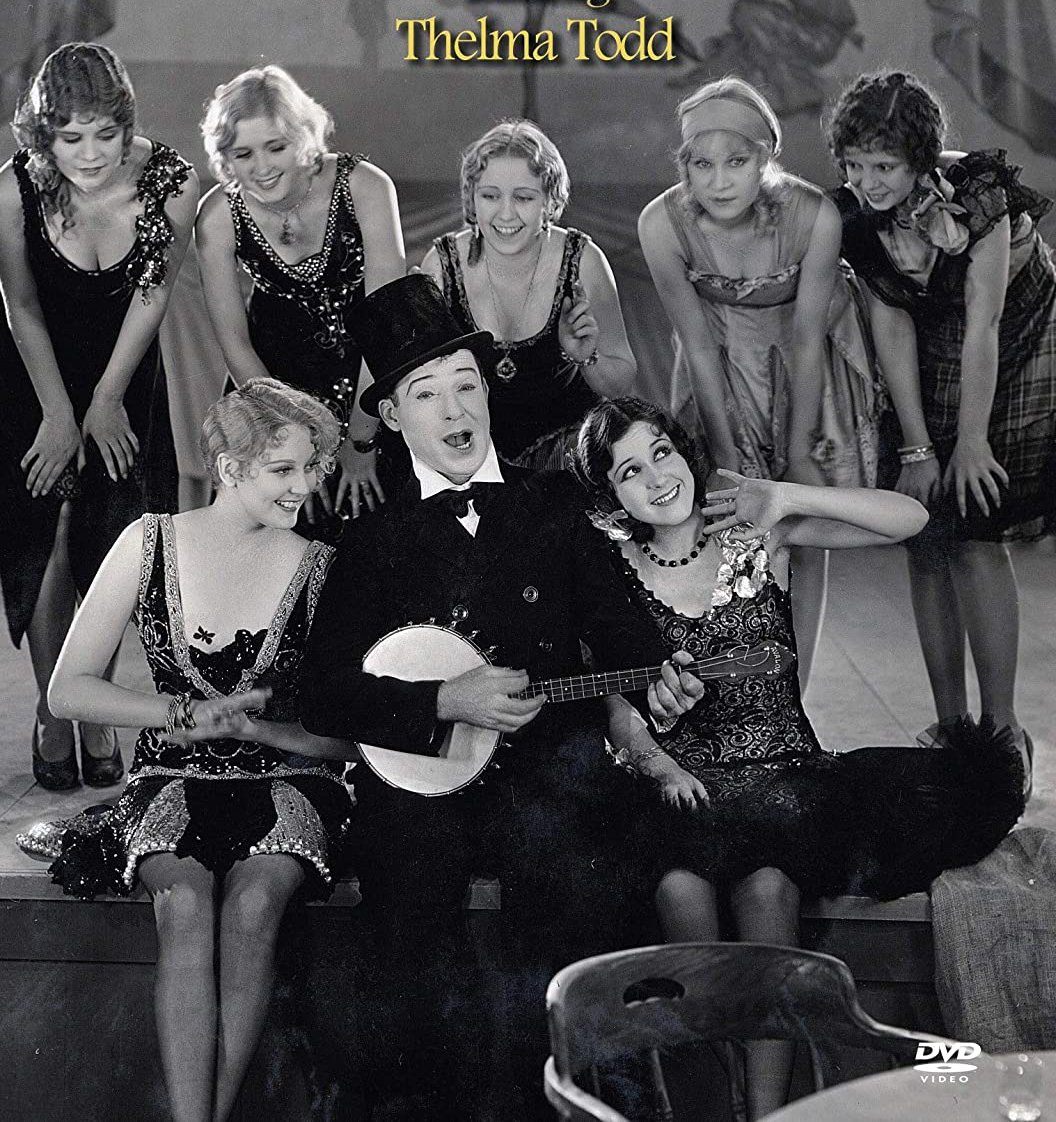
|
| Acknowledgements: Jesse Brisson (identification of Dorothy Dix, Betty Caldwell, Ham Kinsey, Chet Brandenburg, Gus Kerner, Sam Lufkin, Charles Lloyd, Pete Gordon, Carl M. Leviness, Blackie Whiteford) This page was last updated on: 08 August 2024 |